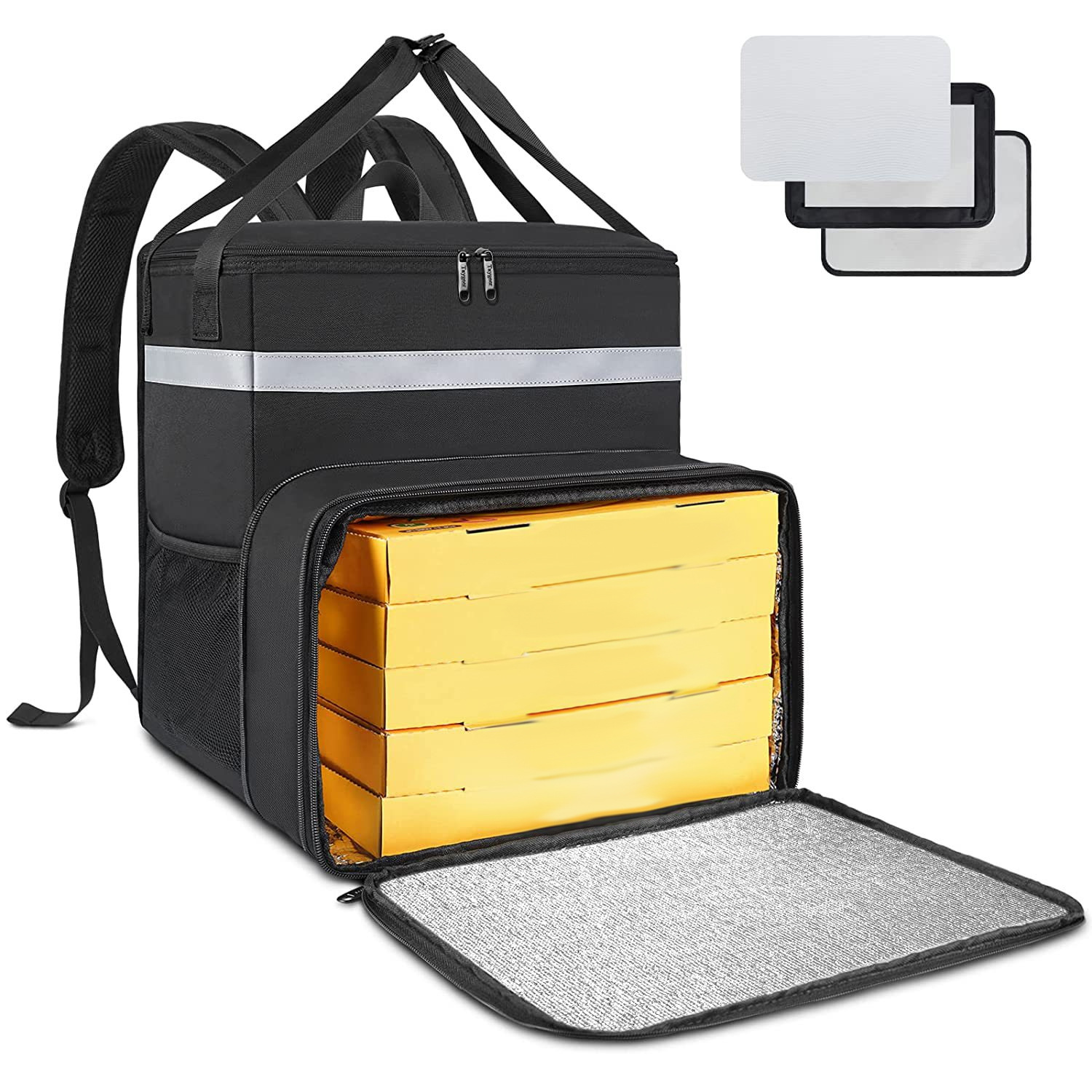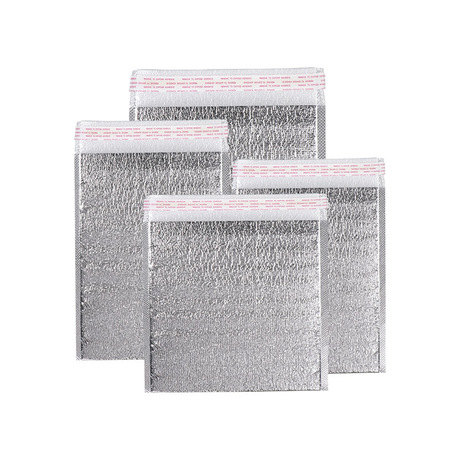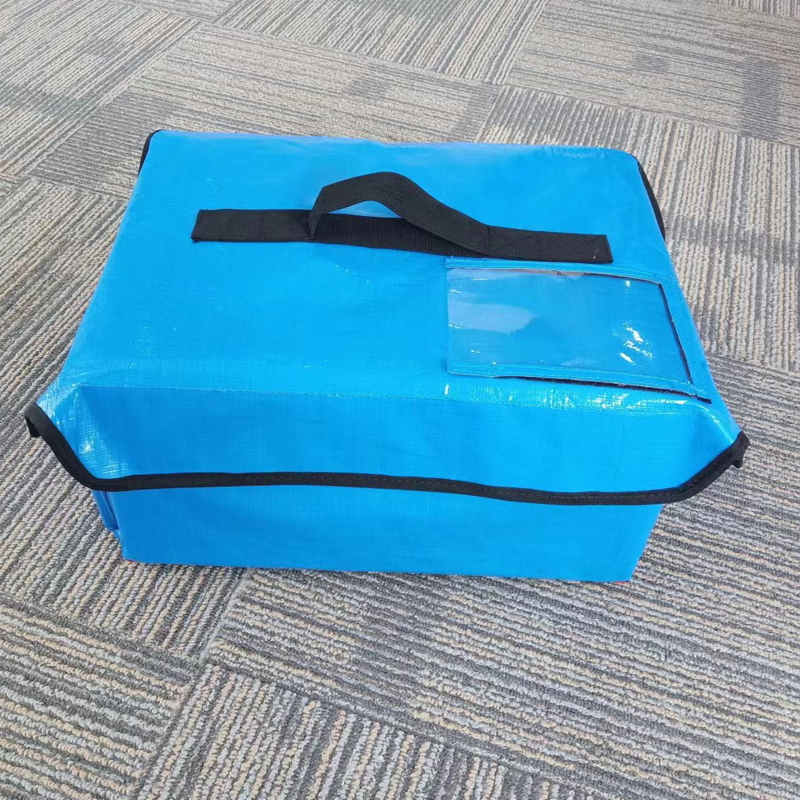Benefits, Uses, and How to Choose the Best One
Injuries, swelling, and knee pain are common issues that affect people of all ages. Whether you’re an athlete, someone recovering from surgery, or just dealing with occasional discomfort, an ice bag for the knee can be a simple yet effective solution. This article will explore the benefits of using an ice bag, how to use it properly, and how to choose the best one for your needs.

1. What Is an Ice Bag for the Knee?
An ice bag for the knee is a reusable or disposable cold therapy tool designed to reduce swelling, numb pain, and promote faster recovery. It typically consists of a flexible bag or wrap that can hold ice cubes, cold gel, or frozen packs to provide targeted cooling relief.
Types of Ice Bags for the Knee
- Traditional Ice Bags– Filled with ice cubes and wrapped around the knee.
- Gel Ice Packs– Pre-filled with cooling gel that stays flexible when frozen.
- Cold Wraps with Straps– Adjustable wraps that hold the ice pack in place for hands-free use.
- Instant Cold Packs– Disposable packs activated by squeezing, ideal for emergencies.
2. Benefits of Using an Ice Bag for Knee Pain
Using an ice bag for knee pain is a proven method for managing injuries and inflammation. Here are the key benefits:
✔ Reduces Inflammation and Swelling
Cold therapy constricts blood vessels, limiting fluid buildup and reducing swelling in the injured knee.
✔ Numbs Pain and Provides Relief
Ice therapy helps numb the area, reducing pain signals sent to the brain and providing instant comfort.
✔ Speeds Up Recovery
By reducing swelling and controlling inflammation, an ice bag helps accelerate healing after an injury or surgery.
✔ Prevents Further Damage
Applying an ice pack early after a knee injury can prevent tissue damage and reduce the severity of the condition.
✔ Ideal for Sports Recovery
Athletes frequently use ice therapy to recover from intense workouts, muscle fatigue, or sports-related injuries.

3. How to Properly Use an Ice Bag for the Knee
To get the most benefit from your ice pack, follow these proper usage guidelines:
Step-by-Step Instructions:
- Prepare the Ice Pack– If using a gel pack, freeze it for at least 2 hours before use. If using an ice bag, fill it with crushed ice or cold water.
- Wrap It in a Cloth– Always place a thin towel between the ice pack and your skin to prevent frostbite.
- Apply It to the Knee– Place the ice pack directly over the affected area.
- Keep It On for 15–20 Minutes– Avoid exceeding 20 minutes to prevent skin irritation or tissue damage.
- Rest and Repeat– Allow your skin to return to normal temperature before reapplying. Repeat every 2–3 hours as needed.
Safety Tips:
- Do not apply ice directly to the skin.
- Avoid using ice therapy for more than 48 hours if symptoms persist.
- If pain worsens or swelling increases, consult a doctor.
4. How to Choose the Best Ice Bag for Knee Pain
When selecting an ice pack, consider the following factors:
✔ Size and Coverage
Choose an ice pack that covers the knee joint completely for effective pain relief.
✔ Flexibility
Gel-based ice packs remain flexible even when frozen, allowing better contouring around the knee.
✔ Adjustable Straps
Velcro or elastic straps provide a hands-free experience and keep the ice bag secure during movement.
✔ Reusability
Reusable gel packs are eco-friendly and cost-effective compared to disposable cold packs.
✔ Material and Durability
Ensure the material is leak-proof, non-toxic, and skin-friendly for long-term use.

5. Common Knee Conditions That Benefit from Ice Therapy
Ice packs can help manage several knee-related issues, including:
- Knee Sprains and Strains– Cold therapy reduces swelling and pain caused by overstretching or tearing of ligaments.
- Arthritis and Joint Pain– Ice packs help manage inflammation and stiffness in arthritic knees.
- Runner’s Knee– Overuse injuries common among runners and athletes can be treated with ice therapy.
- Post-Surgery Recovery– Doctors often recommend ice packs after knee surgery to reduce post-operative swelling.
- Bursitis and Tendonitis– Ice therapy soothes inflammation in the knee’s soft tissues.
6. FAQs About Ice Bags for the Knee
Q1: How often should I use an ice pack on my knee?
A: Apply it every 2–3 hours for the first 48 hours after an injury.
Q2: Can I sleep with an ice pack on my knee?
A: لا, prolonged exposure may cause frostbite or tissue damage.
Q3: Should I use heat or ice for knee pain?
A: Use ice for fresh injuries and inflammation; use heat for muscle stiffness and chronic pain.
Q4: Can ice therapy cure knee pain?
A: Ice therapy manages pain and swelling but does not cure underlying conditions. Consult a healthcare provider for long-term knee pain.
Conclusion
An ice bag for the knee is a simple yet effective solution for pain relief, injury recovery, and swelling reduction. Whether you’re dealing with arthritis, sports injuries, or post-surgery discomfort, using the right ice pack can make a significant difference. Remember to choose a high-quality, reusable, and flexible ice bag for the best results.
For long-term knee health, combine ice therapy with proper rest, exercise, and medical consultation when necessary.
Looking for the best ice bag for knee pain? Check out our high-quality gel ice packs designed for maximum comfort and relief!























